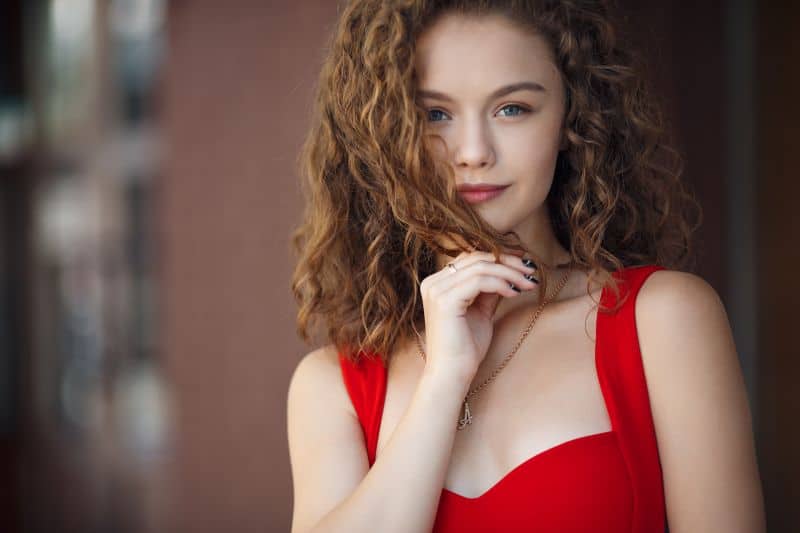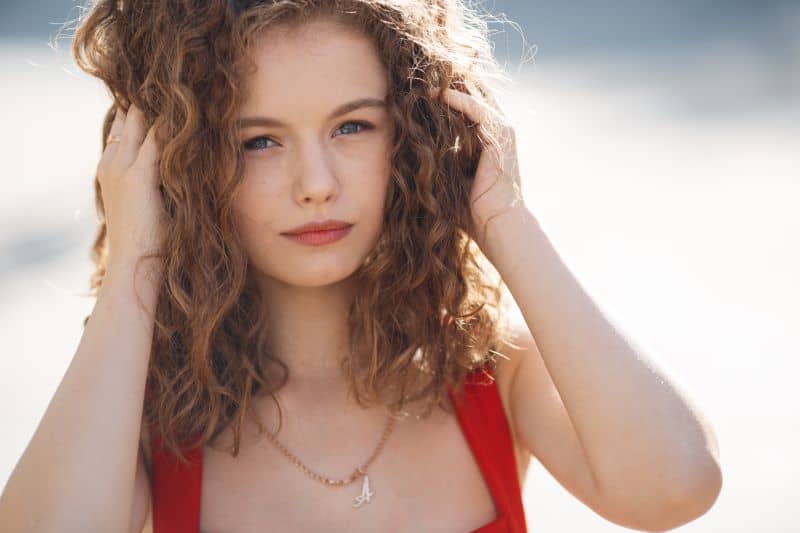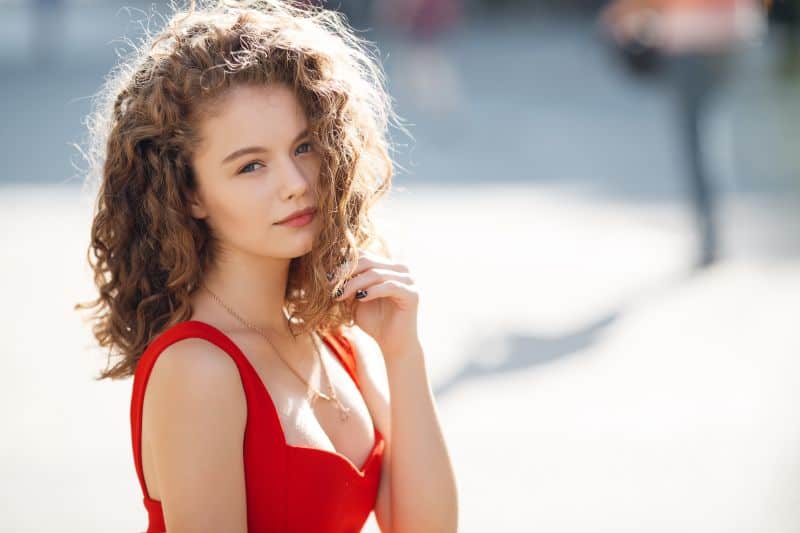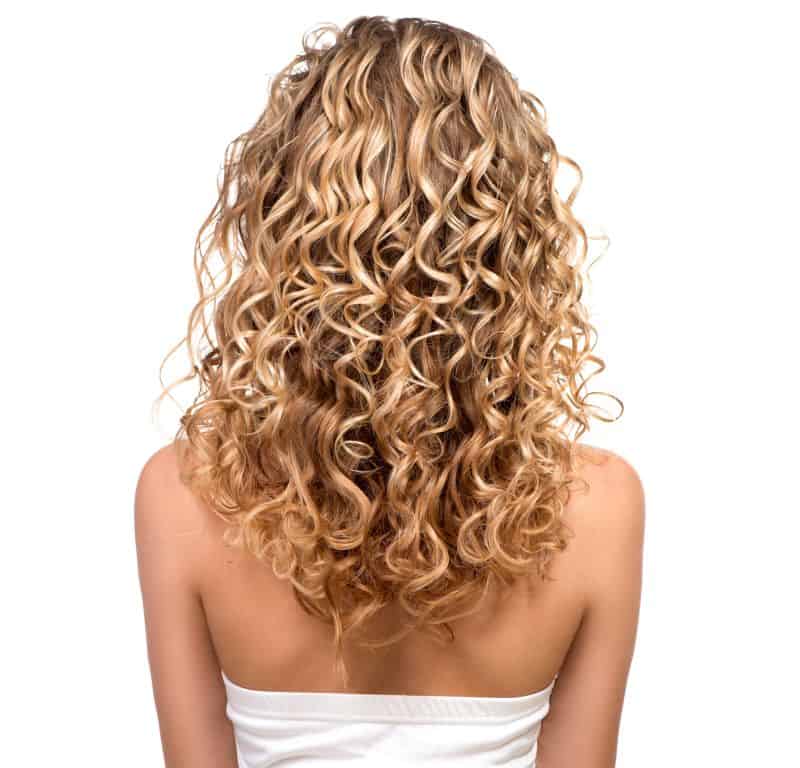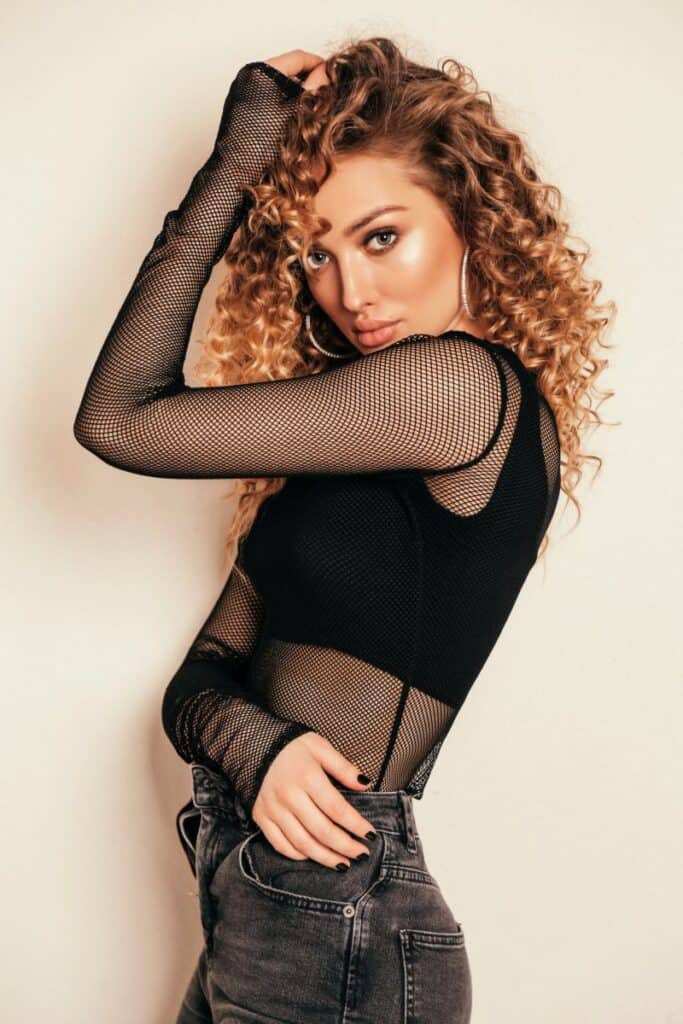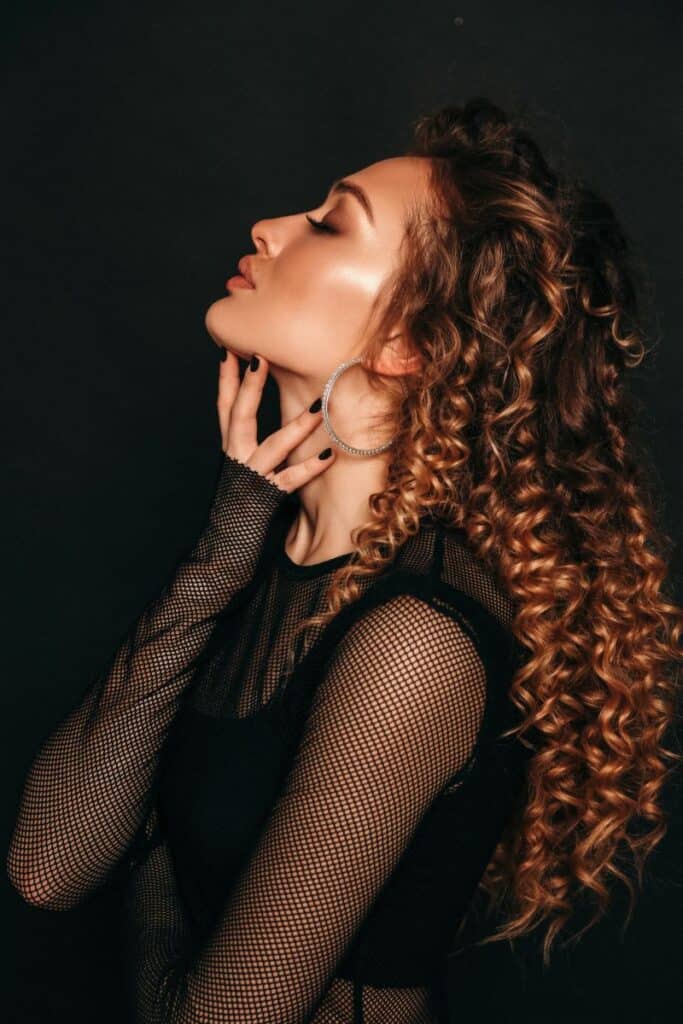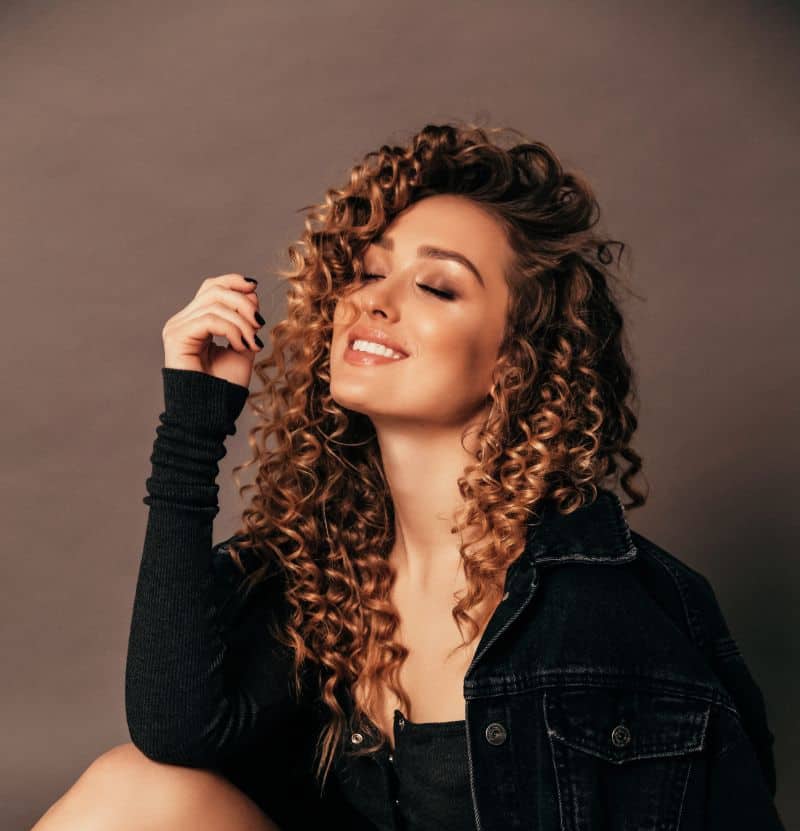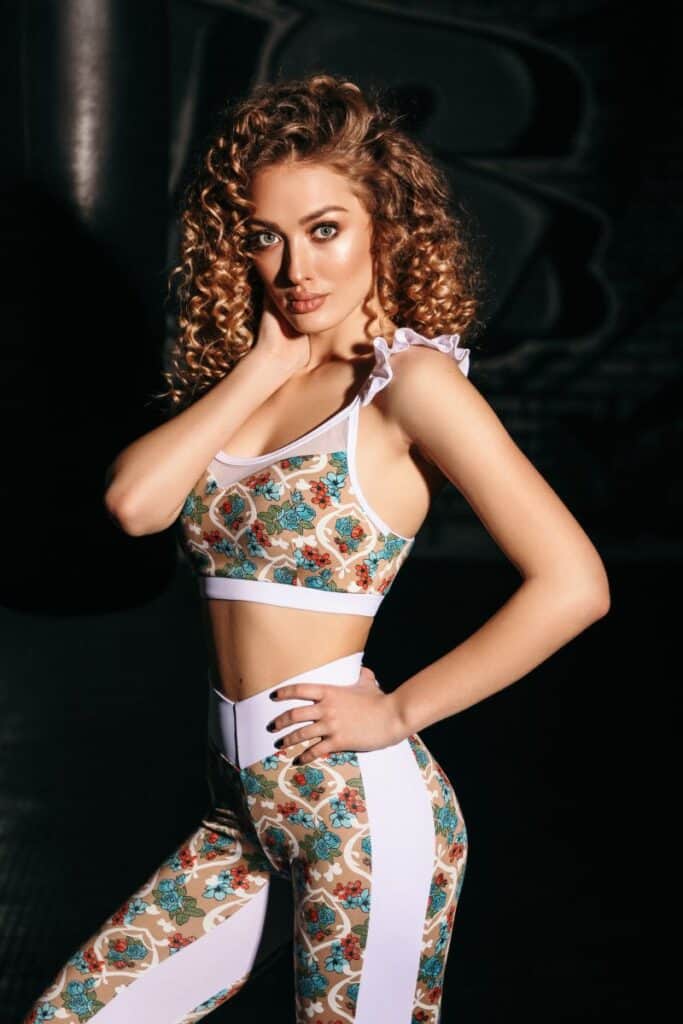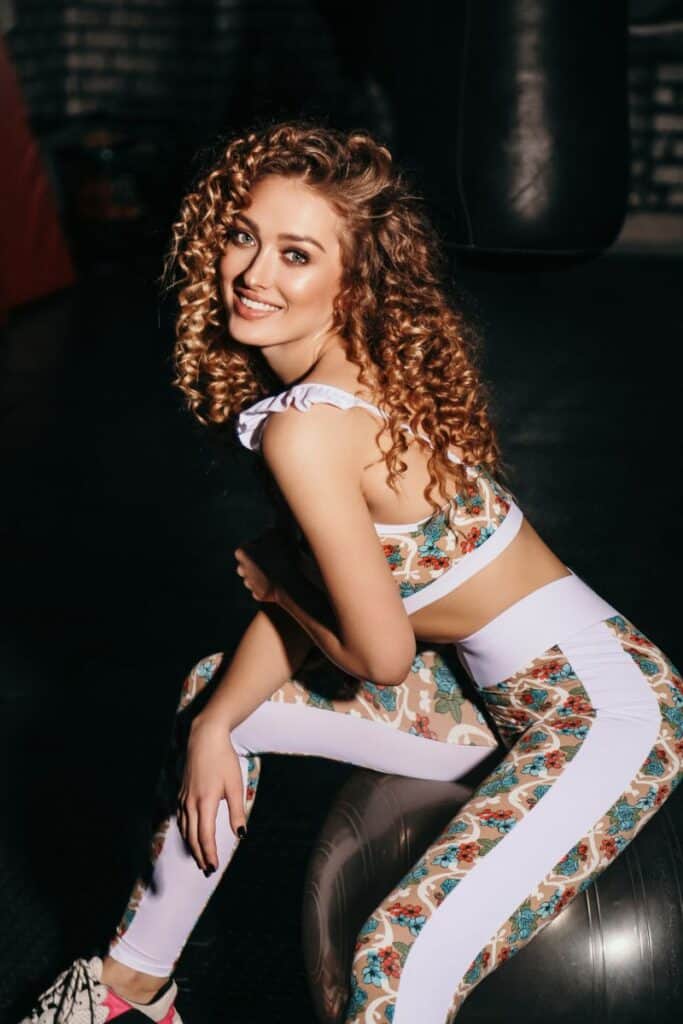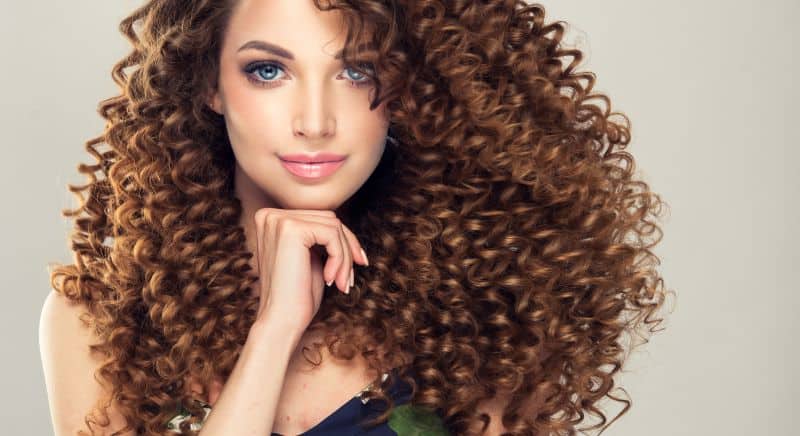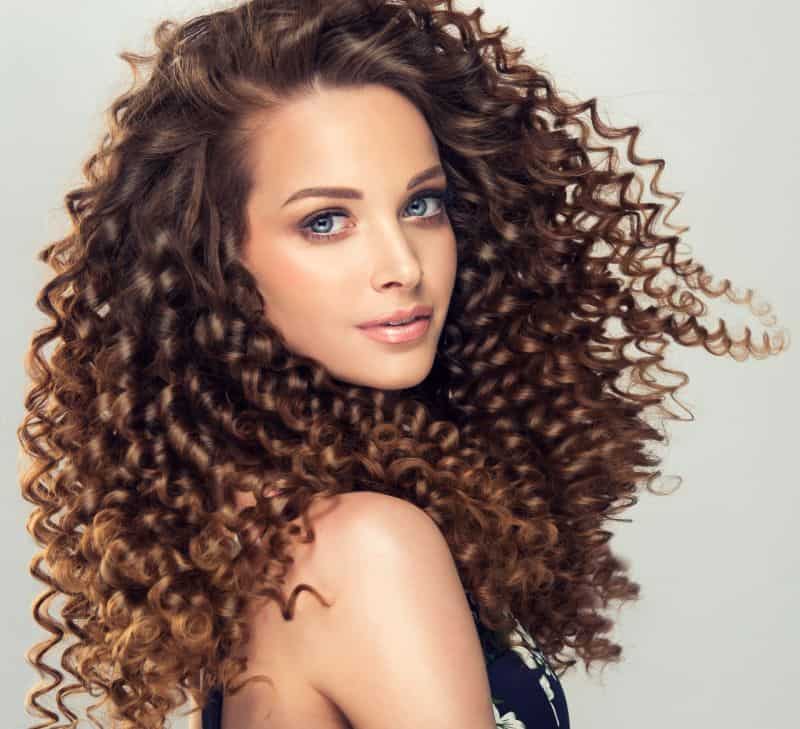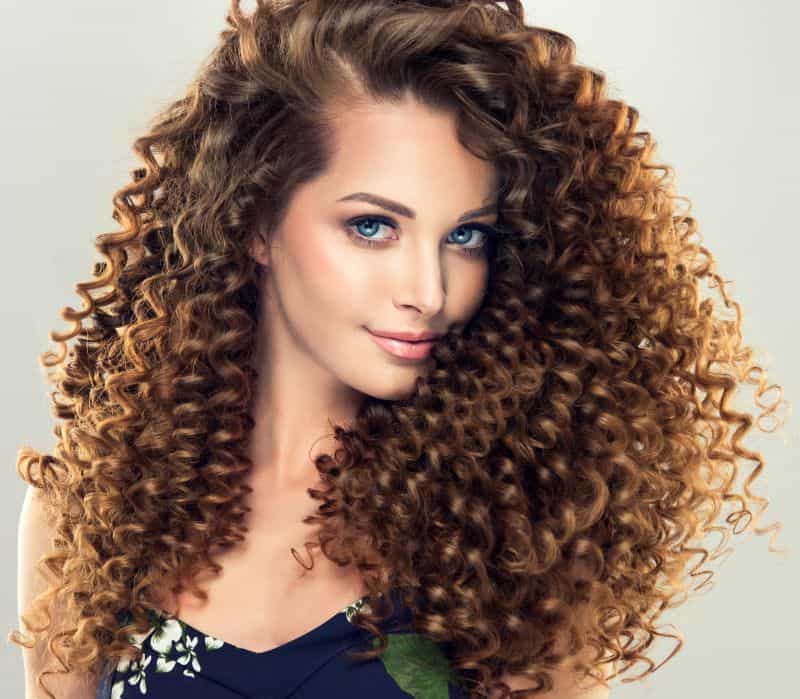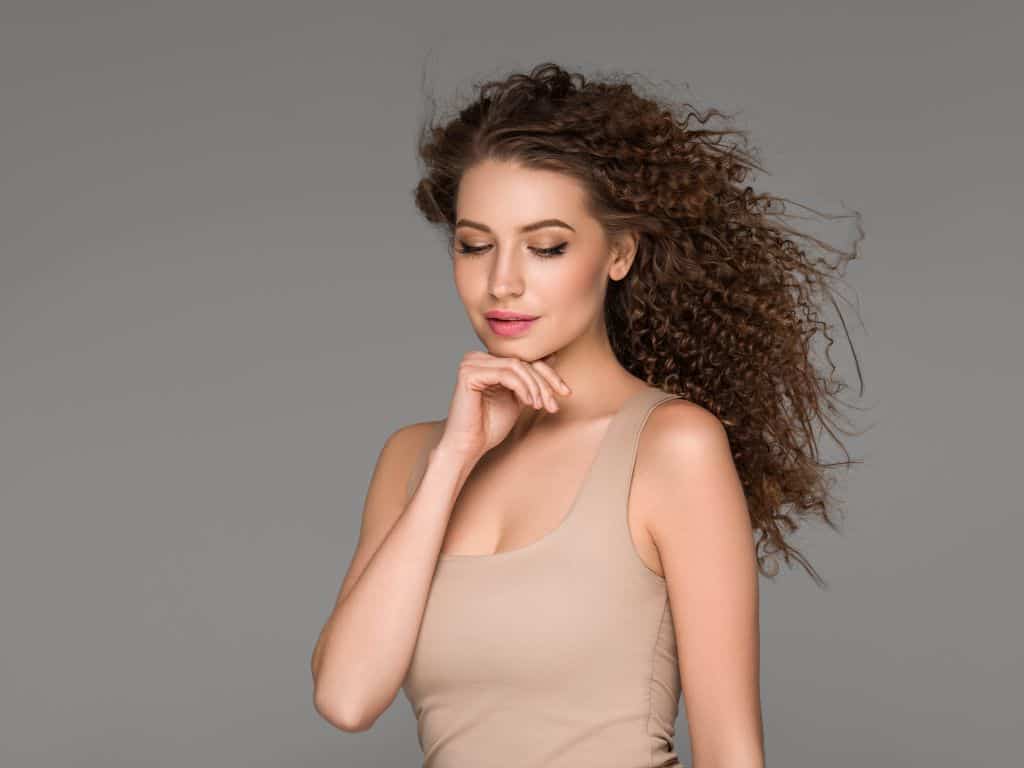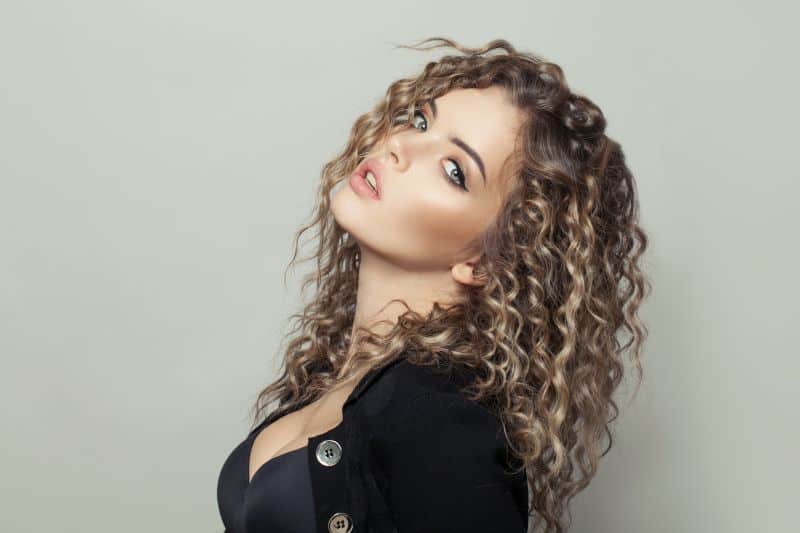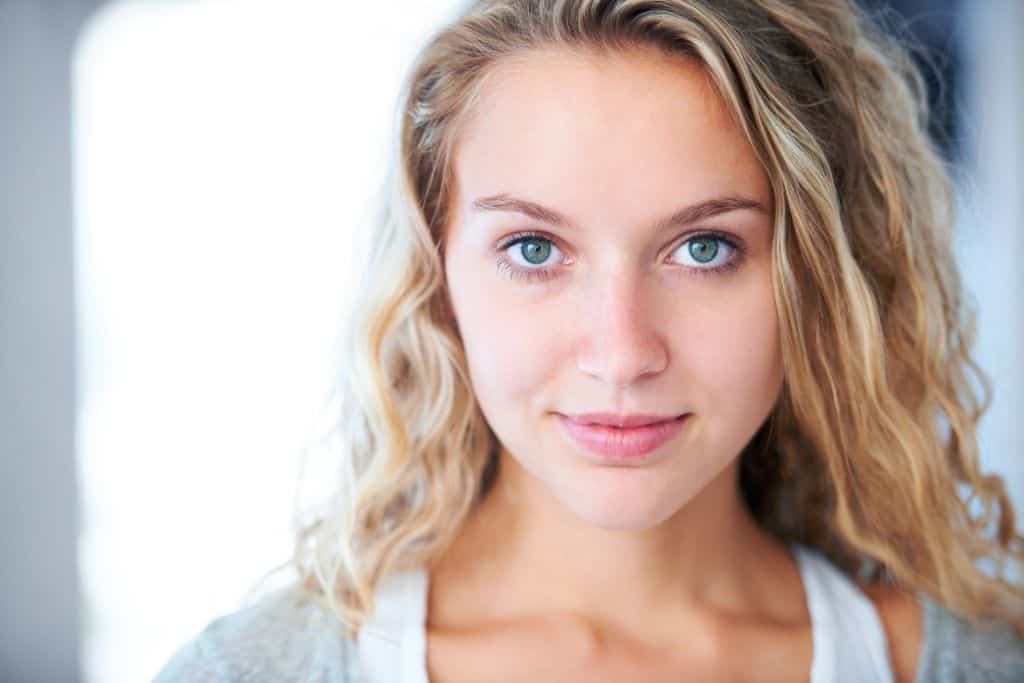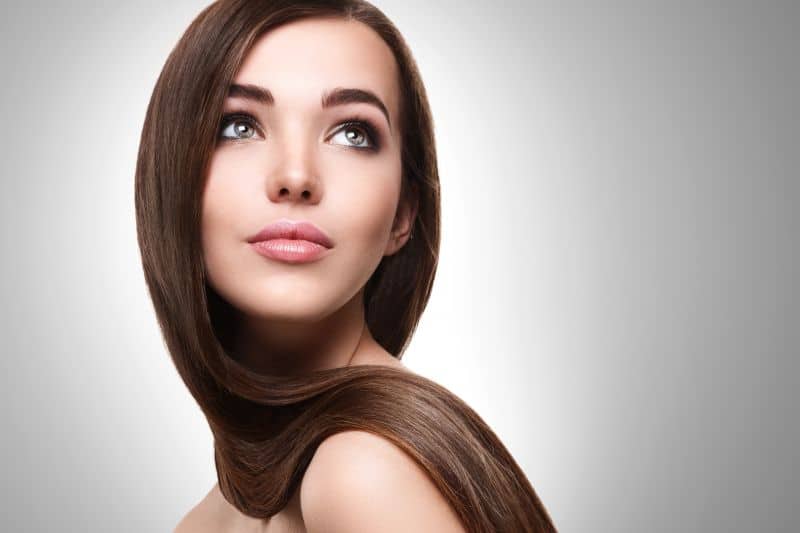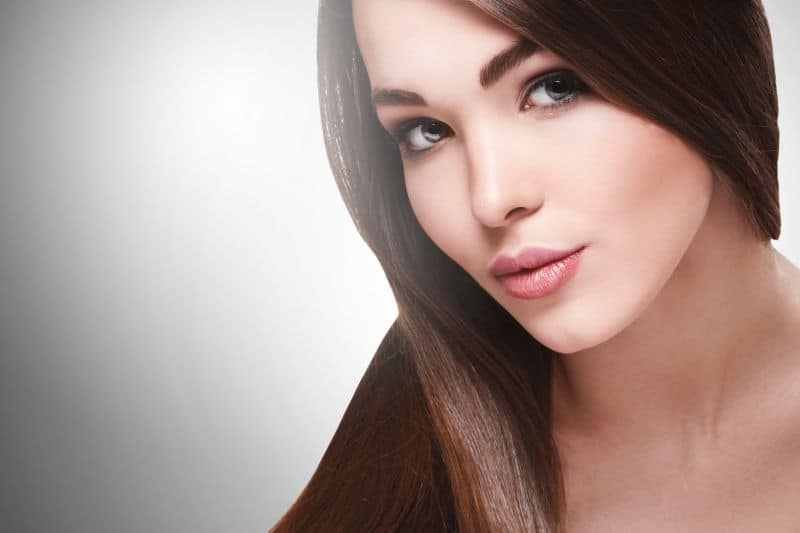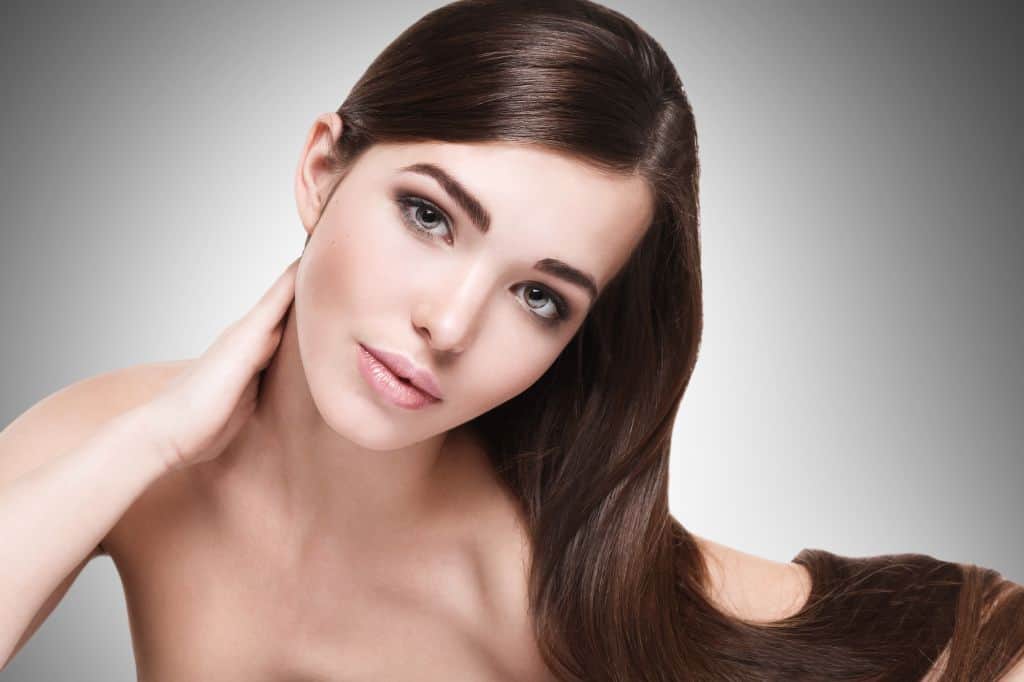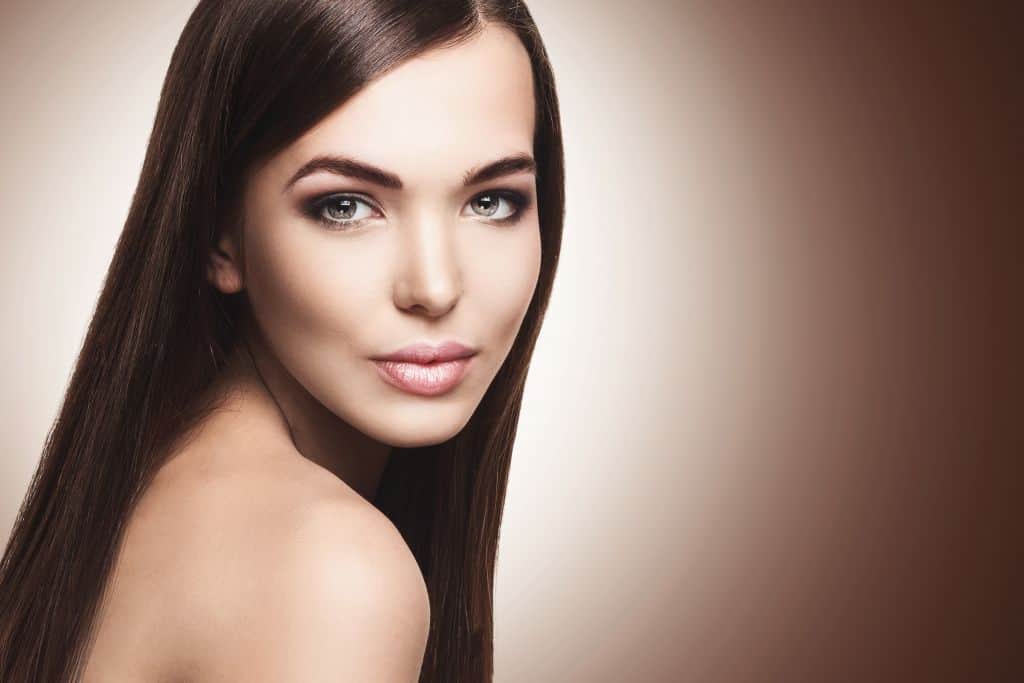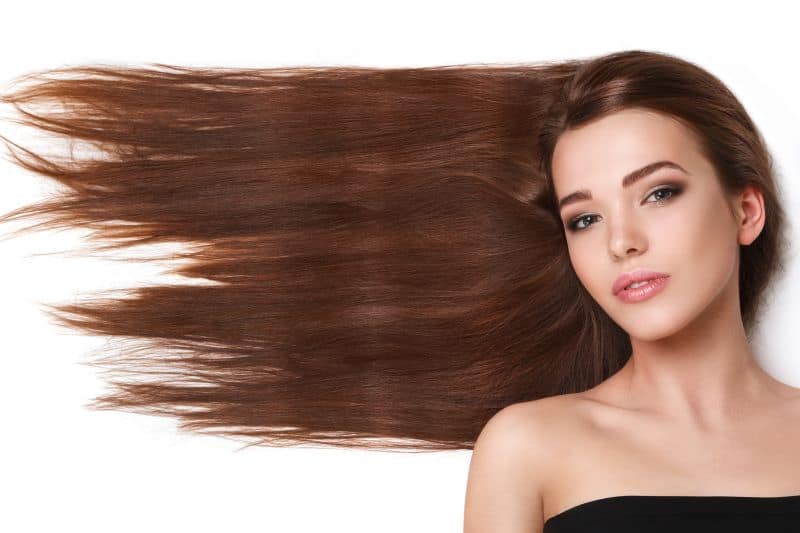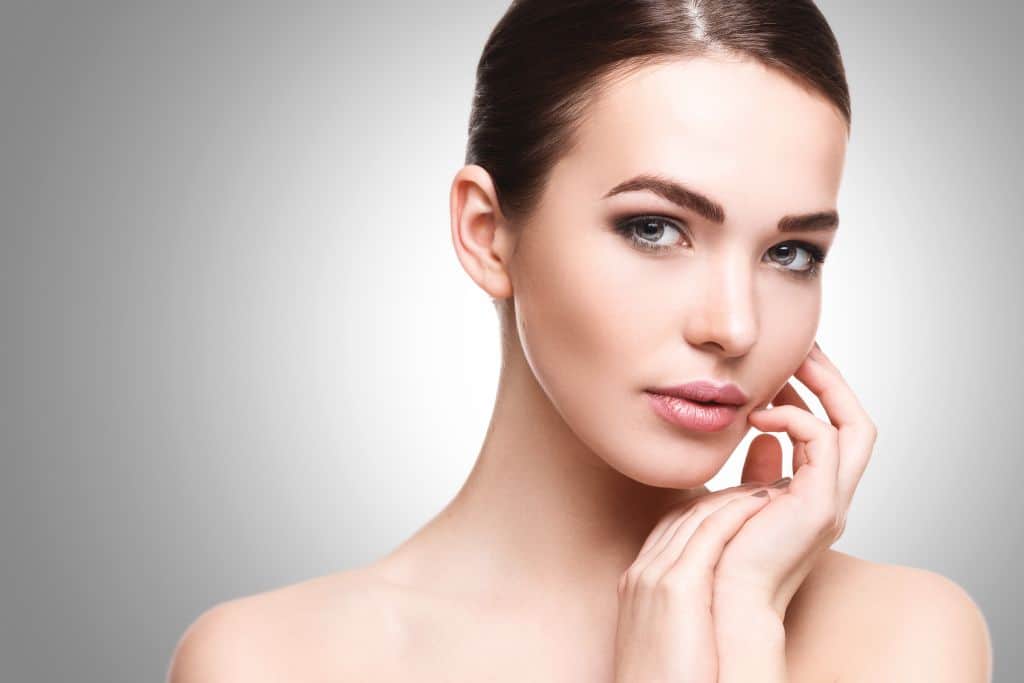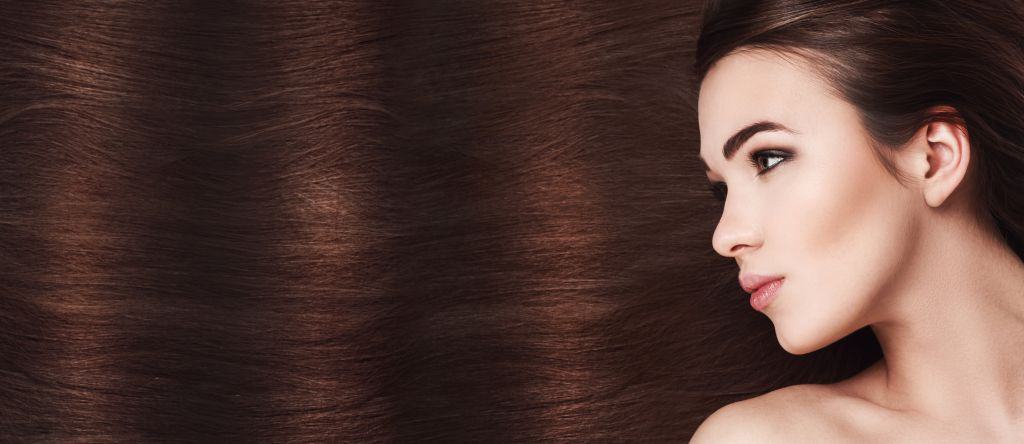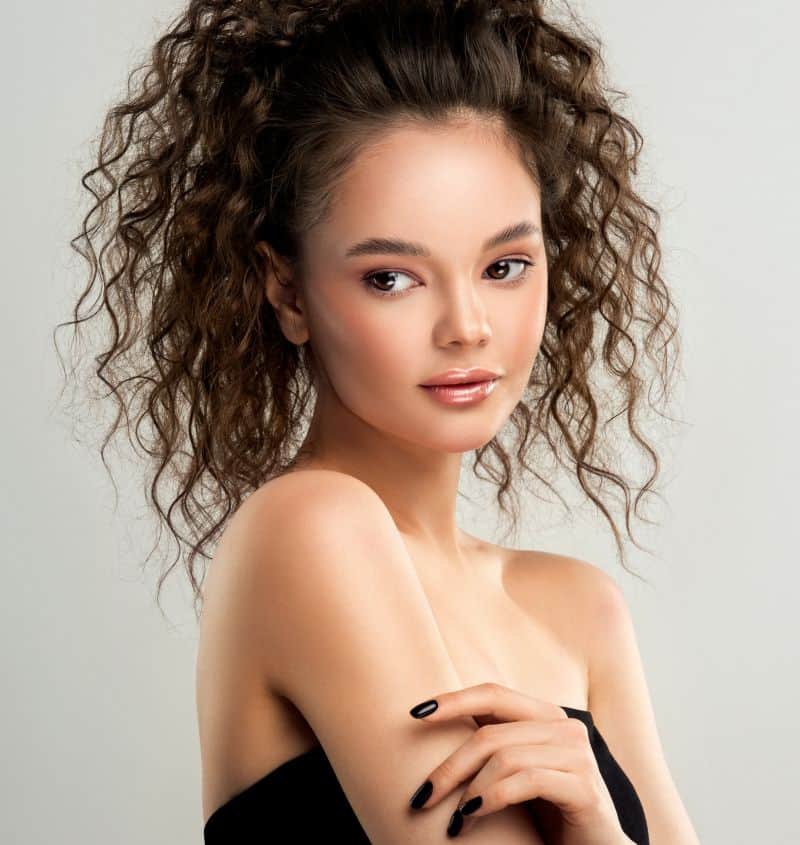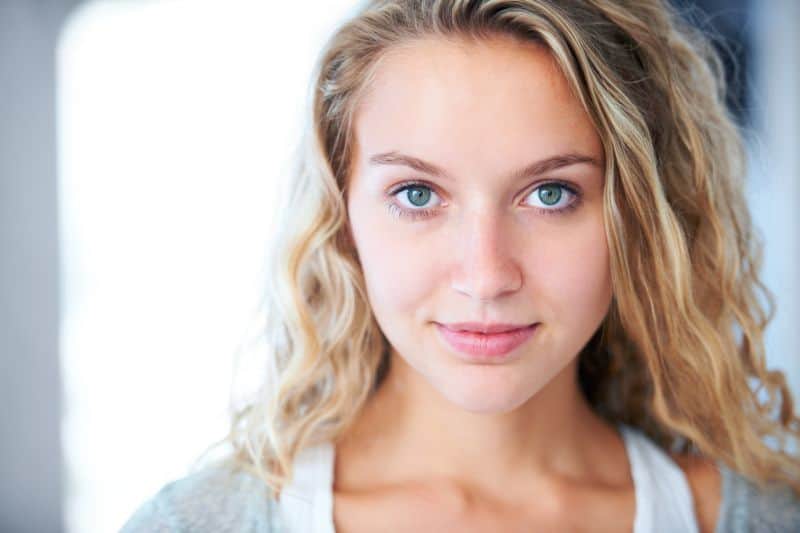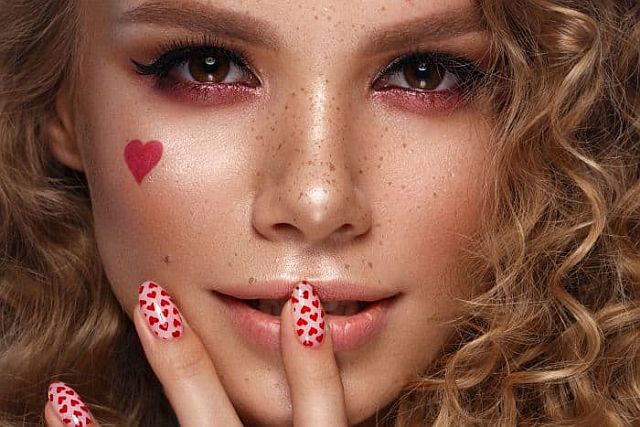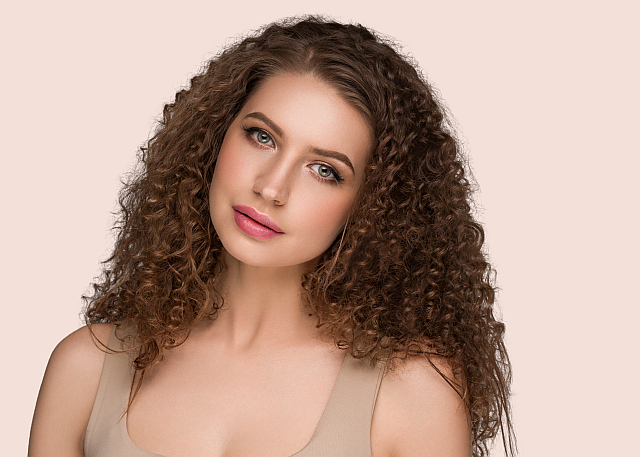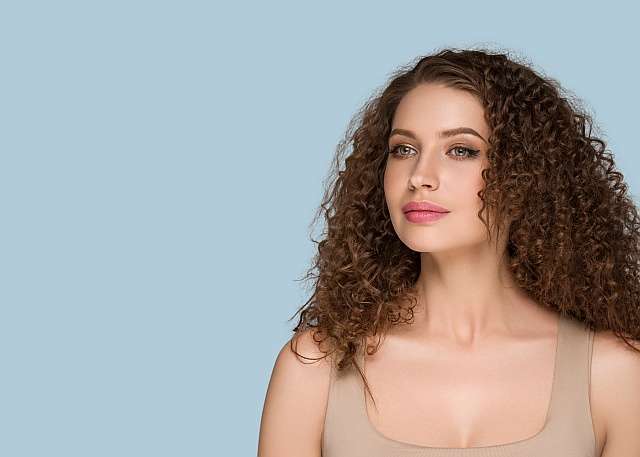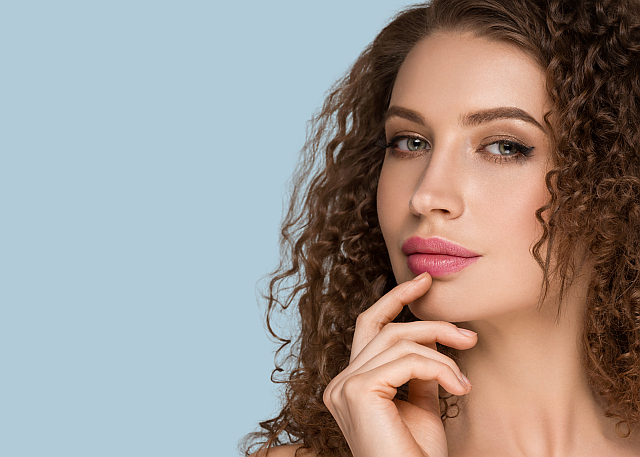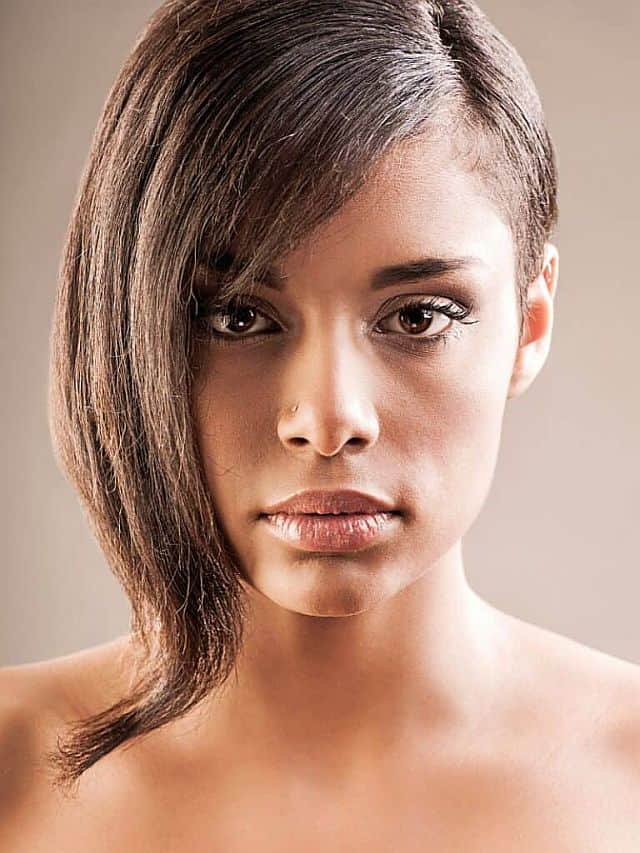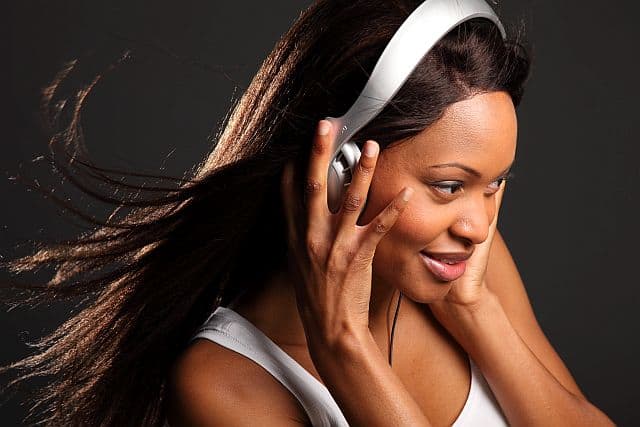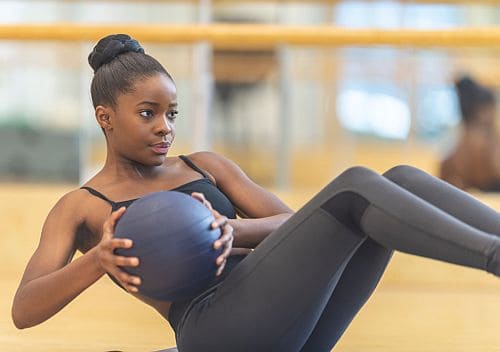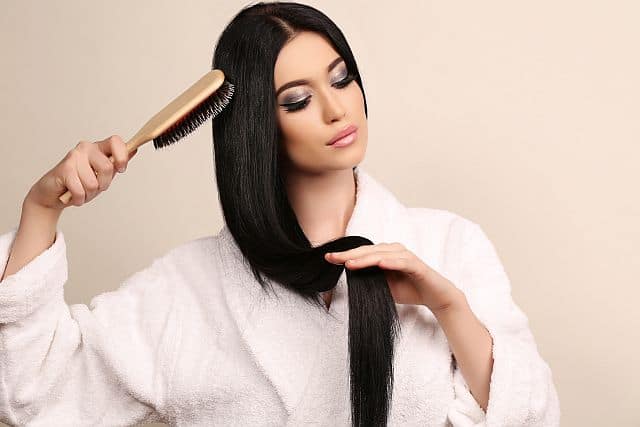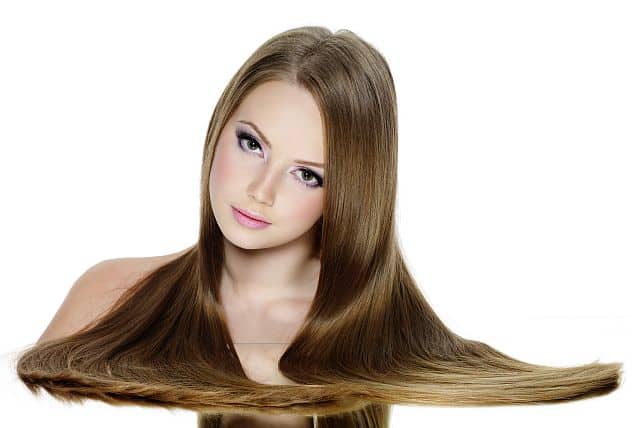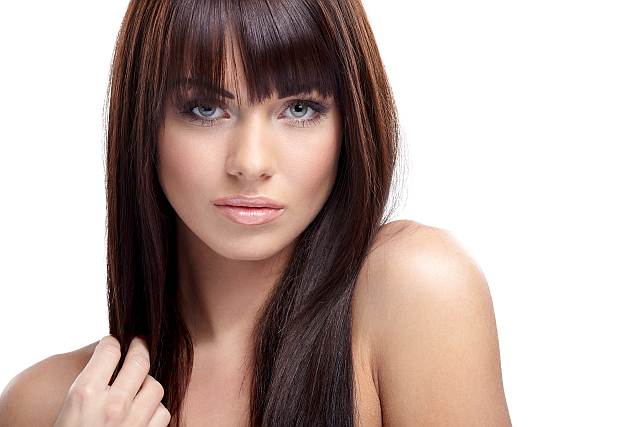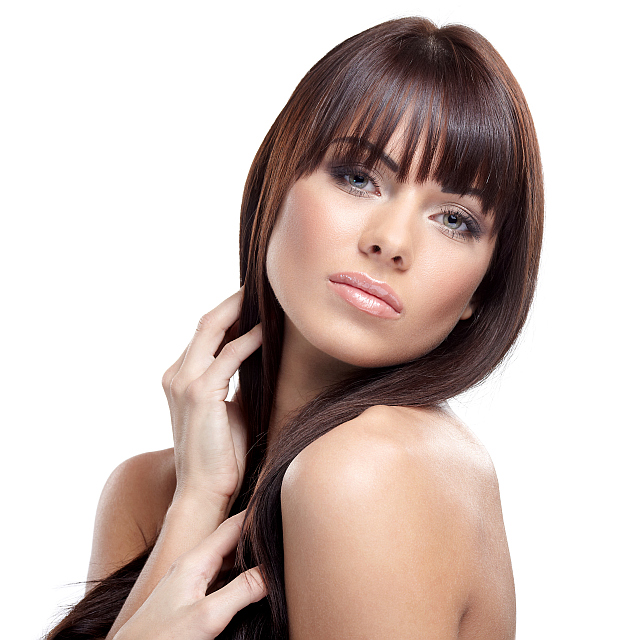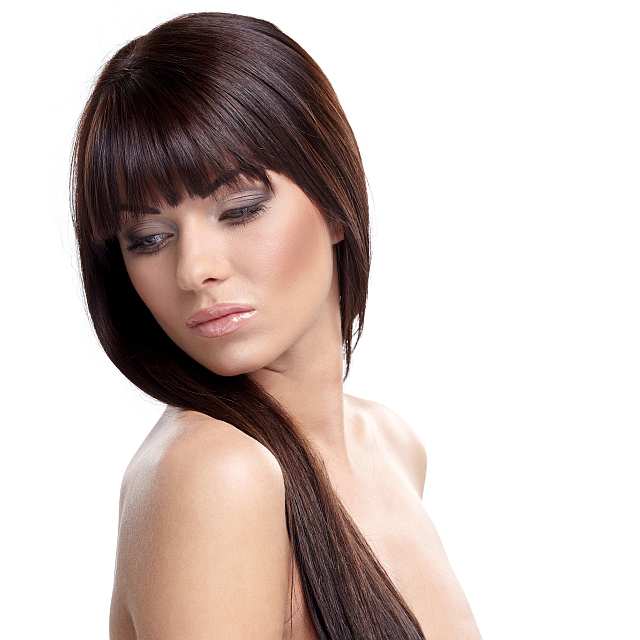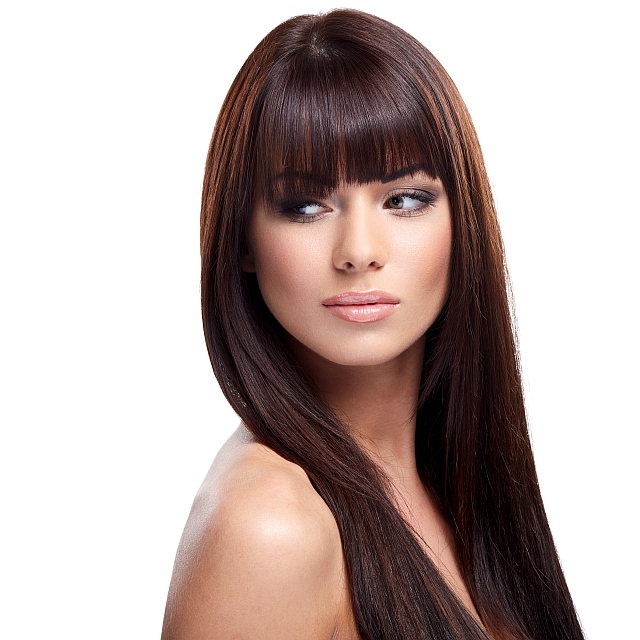Written by
Andrea Haynes
When you type into google “what is a keratin treatment” a couple of things happen. Right away you’ll see an article promoting an at-home treatment like nothing you’ve seen before. Then as your eyes scroll down, you’ll see some dreaded headline suggesting things aren’t what they seem with this product. And the further down you go, the more confusing it gets.
This is the exact scenario I want to help you avoid. By gathering a bit of accurate knowledge, giving you the inside view of certain brands, and helping you understand the difference between the buzzword “keratin” and the actual treatment, your decision to get one will be crystal clear. So where do we begin?
The Buzz Word “Keratin” Vs. The Actual Keratin Treatment
This really is the best place to start. Navigating the complex sea of all things keratin gets simpler once you understand the difference between a topical product claiming to be keratin-infused, and the actual treatments on the market.
The main takeaway is that products containing the protein keratin place the molecules onto the shaft of the hair while treatments embed the molecules into the deeper layers of the hair, like how color molecules penetrate the hair for longer-lasting, more effective results.
Products Containing Keratin
It’s such a buzzword, that there will be over-the-counter and luxury brands alike advertising keratin. You’ll find shampoos, conditioners, serums, and supplements containing this protein.
Should you avoid or purchase products containing keratin? Some studies have found individuals taking a supplement containing keratin did experience lovely results for their hair and nails vs. individuals in the same study who took the placebo. Similarly, positive results were experienced by individuals who used some types of keratin-infused shampoos.
Products containing keratin can be helpful, but there may be some trial and error. The real question is, do products that spread keratin protein on the outer shaft of the hair affect it as much as an official keratin treatment?
How Keratin Treatments Work Vs. Topical Keratin Products
Products with keratin in them place the molecules on the outer shaft of the hair, meaning the molecules don’t stay for long. Keratin treatments you receive in a salon contain very tiny molecules that can go deeper inside the hair shaft for semi-permanent results lasting months. Topical products don’t compare because they aren’t designed to do the same thing.
Keratin treatments heal the hair from the inside out. Products containing the protein, add shine and can seal down the cuticle for short periods before the product washes off the shaft. They affect the hair from the outside in and do not produce the same results.
With the official keratin treatments, the results are worth it. From my own experience, I have seen even unexpected hair health changes from the brand I use, Express Keratin by Keratin Complex when it’s applied consistently and in a pattern.
Keratin Treatment Results from Personal Experience
When I was newly introduced to express keratins, they were the new and upcoming trend on the market. But they weren’t big yet, meaning no one knew if the brand lived up to the hype. Isn’t this what we always wonder about products? They were claiming to revolutionize keratins up to that point.
We were taught in training how to apply them and what to expect. The results would include de-frizzed hair, faster blow-dry time, smoother cuticles for shine, curls that would be softer and less wild, and overall manageability that would provide ease in the morning routine. No one has the time or energy to fight with their hair during their morning self-care rituals or throughout the day.
So we were taught. But what were the results?
One of my clients enjoyed her first one so much, that she came back for her second within 4 weeks. Then her third within another 4 weeks. She was a highlighted bleach blonde with frail hair and very little curl. But the woman who started 12 weeks earlier, did not have the same hair as the woman I worked with post keratin appointments. The hair that had been so fine and brittle, completely stripped of keratin due to bleaching, was now denser and stronger and laid beautifully against her head and shoulders.
There was this healthy “weighted” quality to it that kept it from looking “see-through.” She could style it without worrying about flyways. She even finally felt confident to grow it out. So that’s what we did. She was hooked and so was I.
Who is Keratin Treatments Good for?
After experiencing these results, skip forward a year and almost every one of my clients was now using the Express Keratin Treatments by Keratin Complex. It lived up to the hype and then went beyond what was expected.
It worked across the board for anyone experiencing damaged hair or uncontrollable frizz. Clients with bleached hair that was fine, or thick, wavy frizzy hair that was down to their waists. Some had mid-range curly hair that was so dry topical products couldn’t do the trick. Everyone got on Keratins, and everyone got results that gave them ease and manageability in their lives. They got the results products couldn’t provide.
Related Article
There are So Many Types, Which One is Right for You?
The 3 most popular ones are Keratin by Keratin Complex, Express Keratin by Keratin Complex, and the Brazilian Blowout.
But now there are a variety of types. Like the vegan at-home kit by Gussi. The larger brands have come out with types that vary in the degree they “affect the curl” based on the temperature of the flat iron or how long you let the product sit on the hair.
I’m going to discuss the first three and why you might want to work with one of these.
The Difference Between the Full Keratin and the Express Keratin by Keratin Complex
Determining which keratin to get really comes down to budget, effects of damage, and longevity. For highlighted, damaged blondes the Express would be best as it can build in the protein over time. If you choose Keratin Complex, schedule your first three appointments four weeks apart. This allows the protein to build on itself and makes your hair strong and healthy. After the first 3, do them as needed or seasonally.
You might be wondering why someone would choose the Brazilian blowout. I haven’t worked with this brand but do want to say I’ve heard it affects the texture of the hair more than Keratin Complex. This could be because of the ingredients in the formula. Some people love the results while others do not.
If you’re looking for smoothness over health, you could try the Brazilian blowout. There’s also no waiting period after your service is complete. With The Express Keratin by Keratin Complex, you’ll need to wait 8 hours before tying it back, pinning it, or wearing it up.
Recommended Brands for Keratin Treatments
I work exclusively with Keratin Complex due to the incredible experience I’ve had with it. When I recommend a Keratin, I recommend this one. I trust it. I trust the results and it makes me happy to see people give that sigh of relief because they control their hair, not the other way around.
Is a Keratin Treatment a Straightening Treatment?
Chemical services that straighten or curl (as with a perm) hair must break chemical bonds first, then rebuild them in the desired shape. Japanese Thermal Straightening is an example of straightening treatment. Keratins ARE NOT straightening treatments, they only smooth and add shine and health.
With the terms Keratin, Brazillian blowout, express keratin, and in-home keratin plus products containing keratin, things can get confusing.
Here’s the takeaway with the terms: Keratin is a generic word for treatments that smooth the cuticle and provides shine and health for your hair. Brazillian blowout is a TYPE of keratin treatment. The Express Keratin by Keratin complex is also a type of keratin treatment. Products that contain the protein keratin, are NOT keratin treatments.
For individuals looking to address thick curls and frizz but have generally healthy hair, choose the original Keratin Treatment. It takes 3+ hours to apply and there is a 72-hour wait period after the application is complete, but it lasts 6+ months.
Watch out for blogs that use these terms interchangeably. Unfortunately, the information can be misleading and won’t help you make an informed decision.
AfterCare for Your Keratin Treatment
This part is easy. To care for your keratin and extend the results, purchase shampoos that are sulfate and sodium-chloride-free. Chlorides are mostly salts that are highly reactive and can strip hair easily.
You’ll also want to follow the guidelines for the keratins that have a waiting period post-service. This means if they recommend not putting your hair up, putting in clips, wearing a ponytail, or shampooing for a certain amount of time, it’s best to follow this.
This post contains links to Amazon. The publisher may get paid if You purchase something through the links without additional costs to You.
Here are some trusted brands to preserve the life of your keratin:
- Oribe Gold Lust shampoo and conditioner.
- Kerastase Bain Fluidealiste shampoo and conditioner.
- Olaplex Signature shampoo and conditioner.
How are you feeling now? There is a lot to understand about keratins but remember to enjoy the process. Making an informed decision doesn’t have to be so bad. You can get the knowledge you deserve, take the time you need to decide, then treat yourself to a wonderful service designed to create health, strength, and beauty for your hair.

